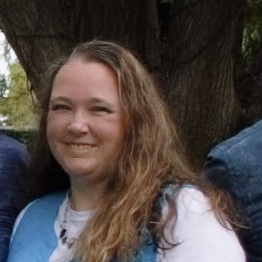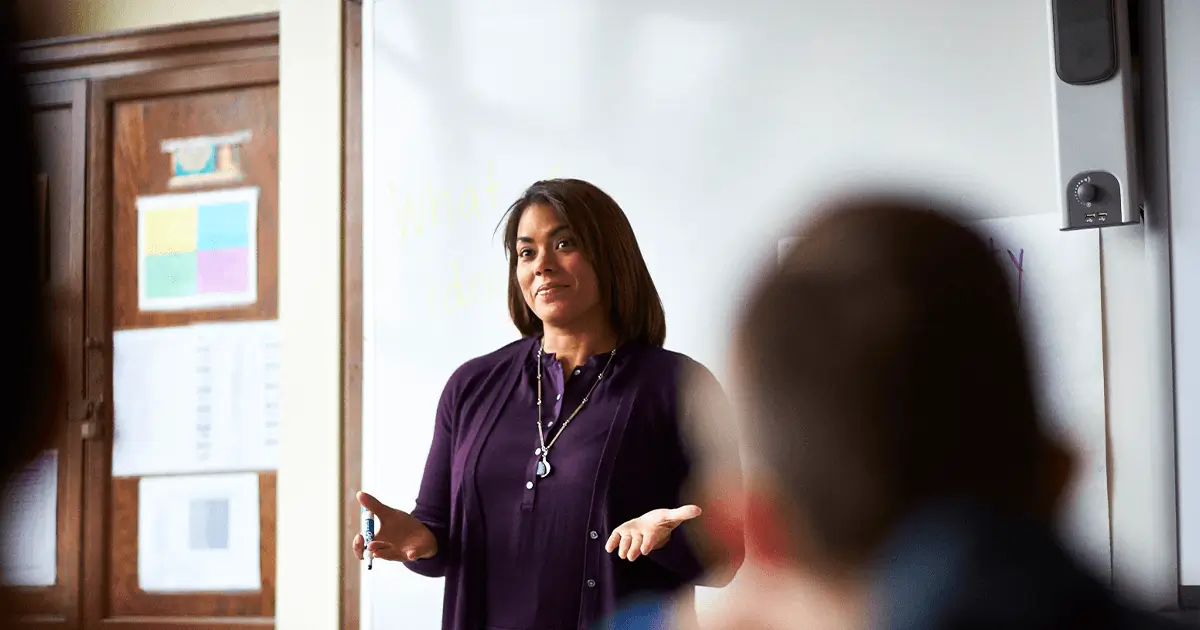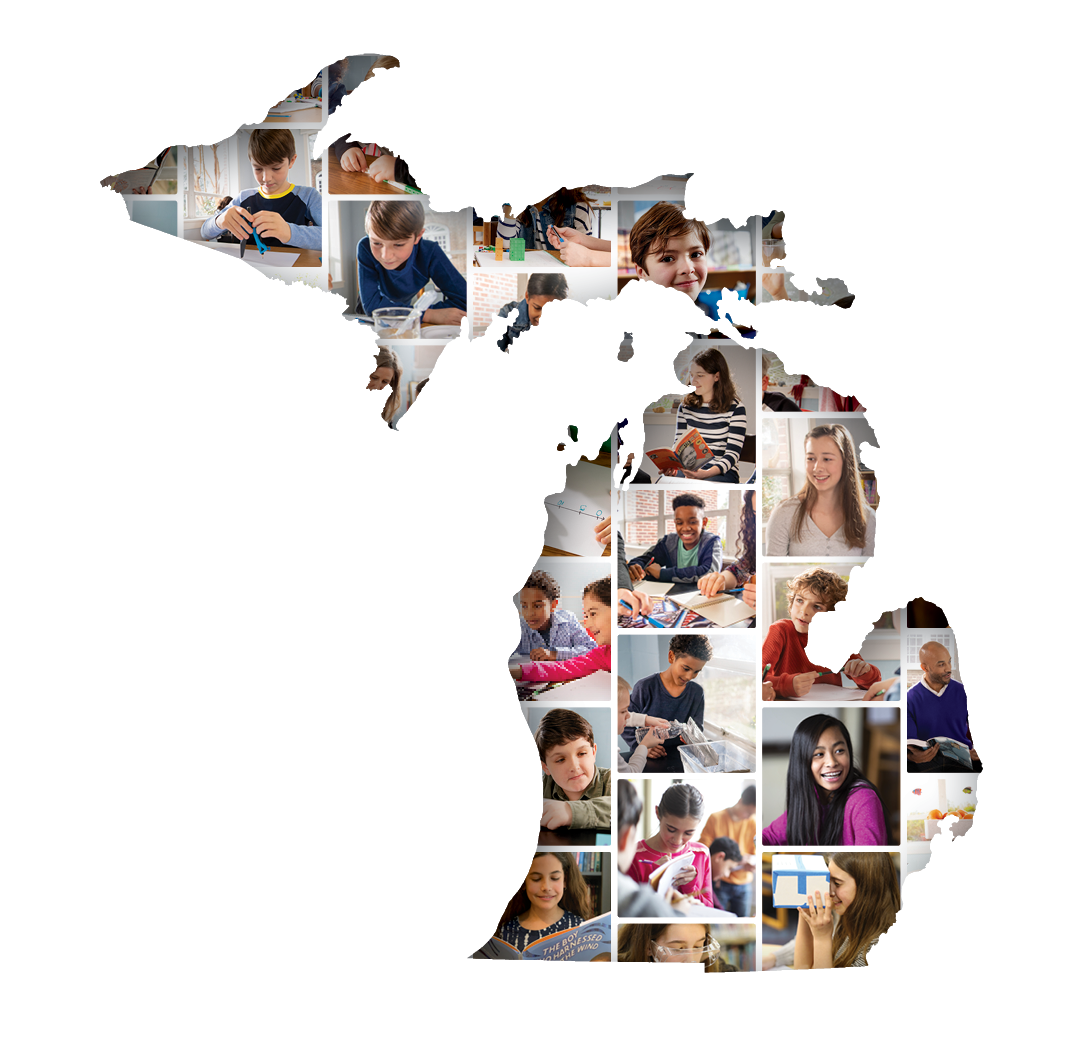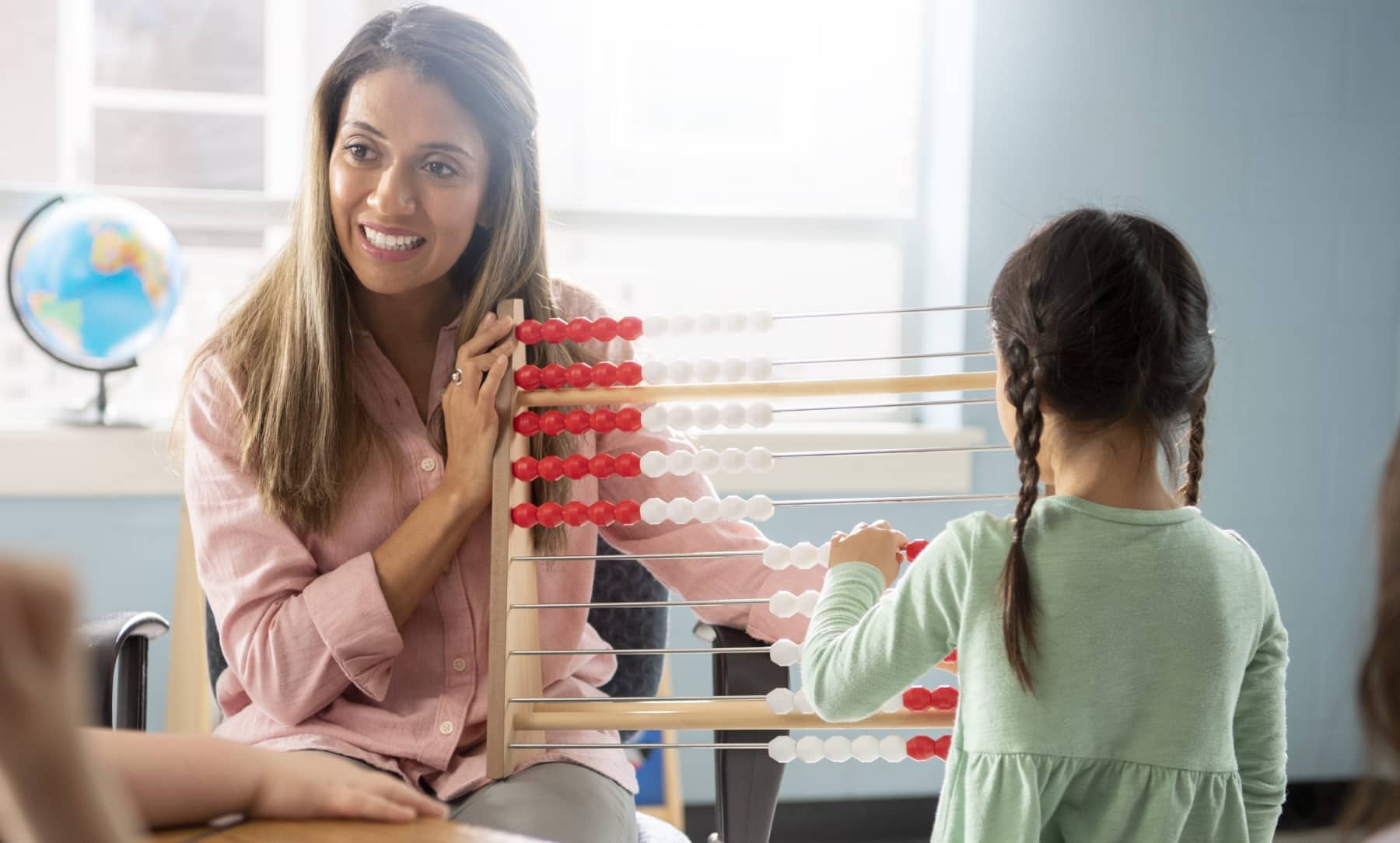Posted in: Aha! Blog > Eureka Math Blog > Eureka Math Student Engagement Implementation Support > Bringing Math to Life: Putting Myself into My Lessons
I’ve been using Eureka Math® for a few years now, and I’ve seen the way the content unfolds and helps students develop deep conceptual understanding. When I first started teaching Eureka Math lessons, I treated them as scripts. My lessons didn’t seem terribly engaging, and they felt choppy and unnatural—like something was lacking, but I wasn’t always sure what. It turns out the biggest thing that was missing from my lessons was me.
Now I see the lessons as suggestions for how to present the content. I still pay attention to the models and the questions written into the lesson, but I make the lesson my own. I’m not writing new lessons, just making adjustments that are right for me and my students. It’s made all the difference in the world. My students’ buy-in and engagement is off the charts. Here are some ways I brought math to life in my classroom.
Give students more opportunities to talk about their work
Look for the discourse opportunities within Eureka Math lessons, and don’t be afraid to create your own. One great way to spark discourse is by asking students to share their work under the document camera. I often ask students to share their thinking, not just their answer. Sharing work this way invites everyone into the conversation. We use “I notice” and “I wonder” statements when we’re looking at student work to help students feel more confident. Student work is worthy of our study because it helps all students consider different strategies and models and refine their thinking.
Turn and talk is a great routine for students who are uncomfortable sharing their thinking in front of the whole class. The routine is a low-pressure way for students to rehearse their thinking, get some validation that they’re on the right track, and maybe even adjust their response based on what their partner shared. Turn and talk can lead to whole-class discussion or stand on its own. There are many cases where a turn and talk is written directly into the lesson, but I like to incorporate the routine more often, based on my students’ needs.
Bring the math into the real world with the project lessons
It’s important for students to see how concepts apply to the world around them. You’ll find lessons in Eureka Math that address this with word problems or a project for students to tackle. It can be tempting to leave these lessons out if pacing is an issue. Don’t. They are the perfect opportunities to bring the math to life.
When you see the word apply in the objective, you will know the real-world context is already embedded in these lessons. For example, there are two lessons in Grade 3 Module 4 with the learning objective “Apply knowledge of area to determine areas of rooms in a given floor plan.” The embedded context for these lessons gives students a chance to engage in project-based learning. They measure the side lengths of different rooms in a floor plan to calculate the areas of the rooms. Next, they redesign the floor plan while keeping the same area for each room and the house.
Even though I loved the way these lessons were written, I saw an opportunity to make them feel even more realistic. I enlisted the help of a colleague to play the role of a client who needed floor plans drafted, and I played the role of the project manager. I interviewed him and shared the recording with my students. I explained that our client had some specific requests for us to consider while designing our floor plans. I also told them that he would be looking over the plans and selecting the ones that best met his needs. We put these on display in the hallway, and he submitted them to his imaginary builder. Later, we held another virtual meeting where he described his process for choosing the best floor plan to meet his needs. We then held an architect party during lunch for everyone involved. The kids were so excited to meet the client in person!
Once my students had a real-life scenario, the work suddenly took on a greater purpose. The students had a job to do and wanted to do their best. They understood that they had to redesign their floor plans and come up with different side lengths while keeping the same area. They saw firsthand the effect that side lengths have on area. They assessed the reasonableness of the designs they created. Was our client really going to want a bedroom that was 1 foot long and 16 feet wide? They understood and retained the concept better than they would have if I had just given them the problems in the Problem Set. They were proud of their work and learned a lot.
Bring the learning home by making the Debrief your own
Learning often comes together during the Debrief at the end of the lesson, when every student has a chance to reflect on the work and articulate their thinking. Every lesson gives you a menu of Debrief questions you can use, but you can also let yourself get creative. Recently at the end of a lesson, I gave my students three sample responses to a problem they had worked on in their Problem Sets. They had to pick which response showed the correct reasoning and then defend their choice. They sat in a circle, and we did a quick whip-around to share which response they thought was correct. I stepped aside and gave them control over the discussion to defend their choices; I was there just to guide it. Their responses were well thought out, and their justifications were impassioned but reasonable. By the end of the lesson, there was a sense of closure. Students walked away feeling that they had ownership of the math and had made sense of the learning for the day.
When the authors of Eureka Math sat down to write the modules, they had a deep understanding of the math content. That is abundantly clear in how the lessons build from day to day, as well as from year to year. I want to honor that understanding while I adapt the lessons to my classroom. As a teacher, I bring to the table my repertoire of engagement strategies as well as knowledge of my students and their needs. A true measure of math success is a lesson taught with fidelity and mixed with personality.
Submit the Form to Print

Jennifer Busby
Jennifer has been teaching in the lower elementary grades since 2007. She is currently in Arizona teaching third graders to love math.
Topics: Eureka Math Student Engagement Featured Implementation Support









